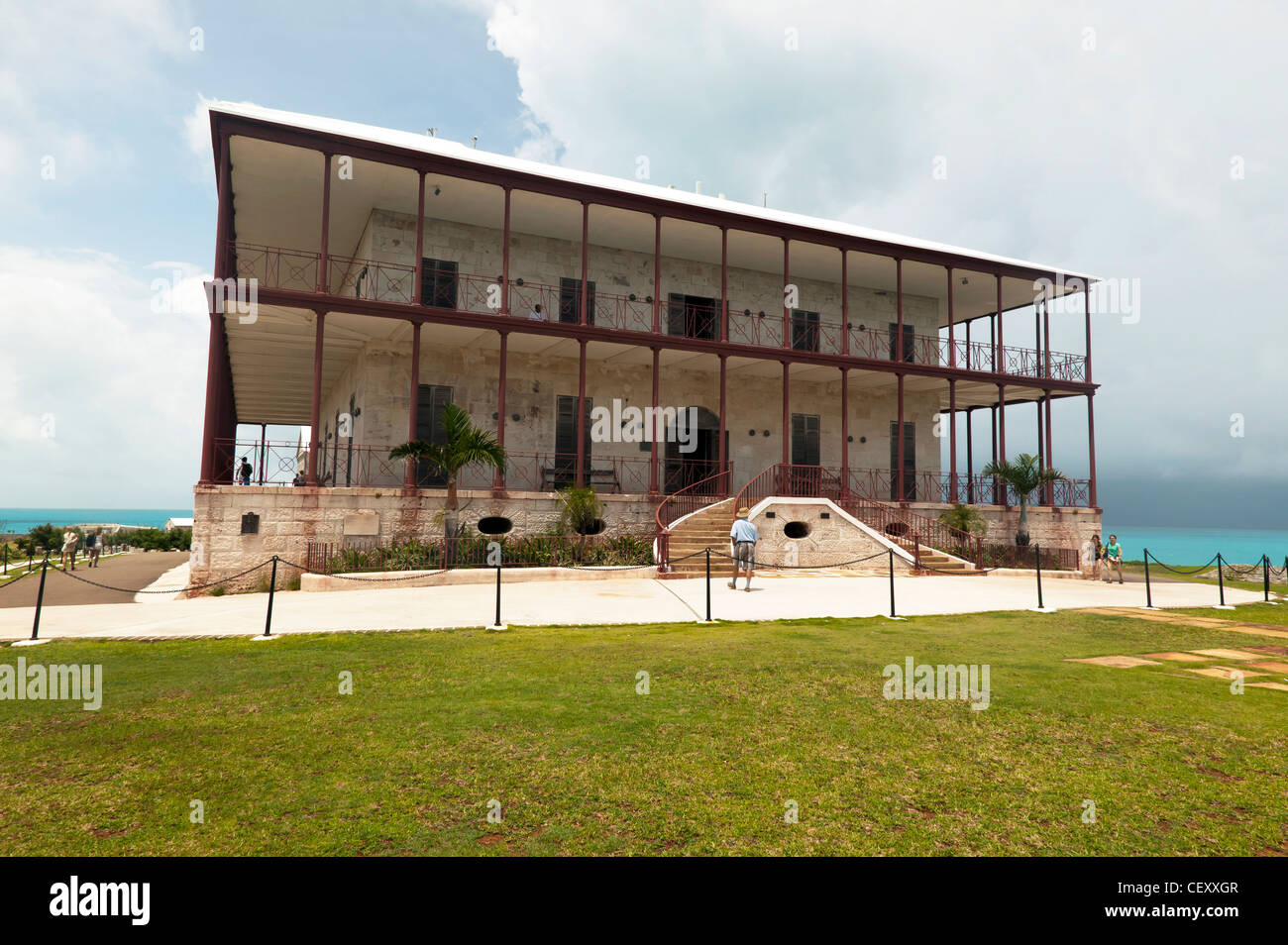The Commissioners House, Royal Naval Dockyard, Bermuda

Image details
Contributor:
John Gaffen / Alamy Stock PhotoImage ID:
CEXXGRFile size:
31.4 MB (1.6 MB Compressed download)Releases:
Model - no | Property - noDo I need a release?Dimensions:
4064 x 2704 px | 34.4 x 22.9 cm | 13.5 x 9 inches | 300dpiDate taken:
6 August 2011Location:
Royal Naval Dockyard, BermudaMore information:
Commissioner’s House; Edward Holl, Chief Architect of the Royal Navy, designed this extraordinary structure in 1822. Construction of Commissioner’s House began in 1823 and was complete by 1827. Like the White House in Washington DC, it was intended as a combination of private quarters, ceremonial residence and administrative offices for a high state official–in this case, the civilian resident commissioner in overall charge of the Dockyard. The House was occupied by Dockyard Commissioners from 1827 to 1837 and was then turned over to the Army, which retained control of it until 1862. The House served as the Royal Marine Barracks from 1862 to 1914 and as married quarters and barracks for naval ratings during the First World War. In 1919, the Commissioner’s House was formally commissioned as a ship, as per the naval tradition. The name HMS Malabar remained the Commissioner’s House designation until 1951 at the closing of the Dockyard. Prior to this, during the Second World War, Commissioner’s House served as Allied headquarters for North Atlantic submarine radio interception. Commissioner’s House was designed with cast iron replacing all structural wood, and was the first residential building in history to utilise cast-iron framing. The floor framing, trusswork and verandah pillars are iron castings fabricated in England that were transported to Bermuda aboard sailing ships for assembly according to Holl’s plan. Like many other Dockyard buildings, the walls of Commissioner’s House are hard Bermuda limestone, which was quarried and shaped into blocks by convicts from Britain, and lesser numbers of local workers and slaves. When the British left the Dockyard in 1951, the six-acre Keep and Commissioner’s House were left to decay until 1974 when the Bermuda Maritime Museum took responsibility for the historic buildings and grounds. Early on, the Museum committed to the restoration of Commissioner’s House.